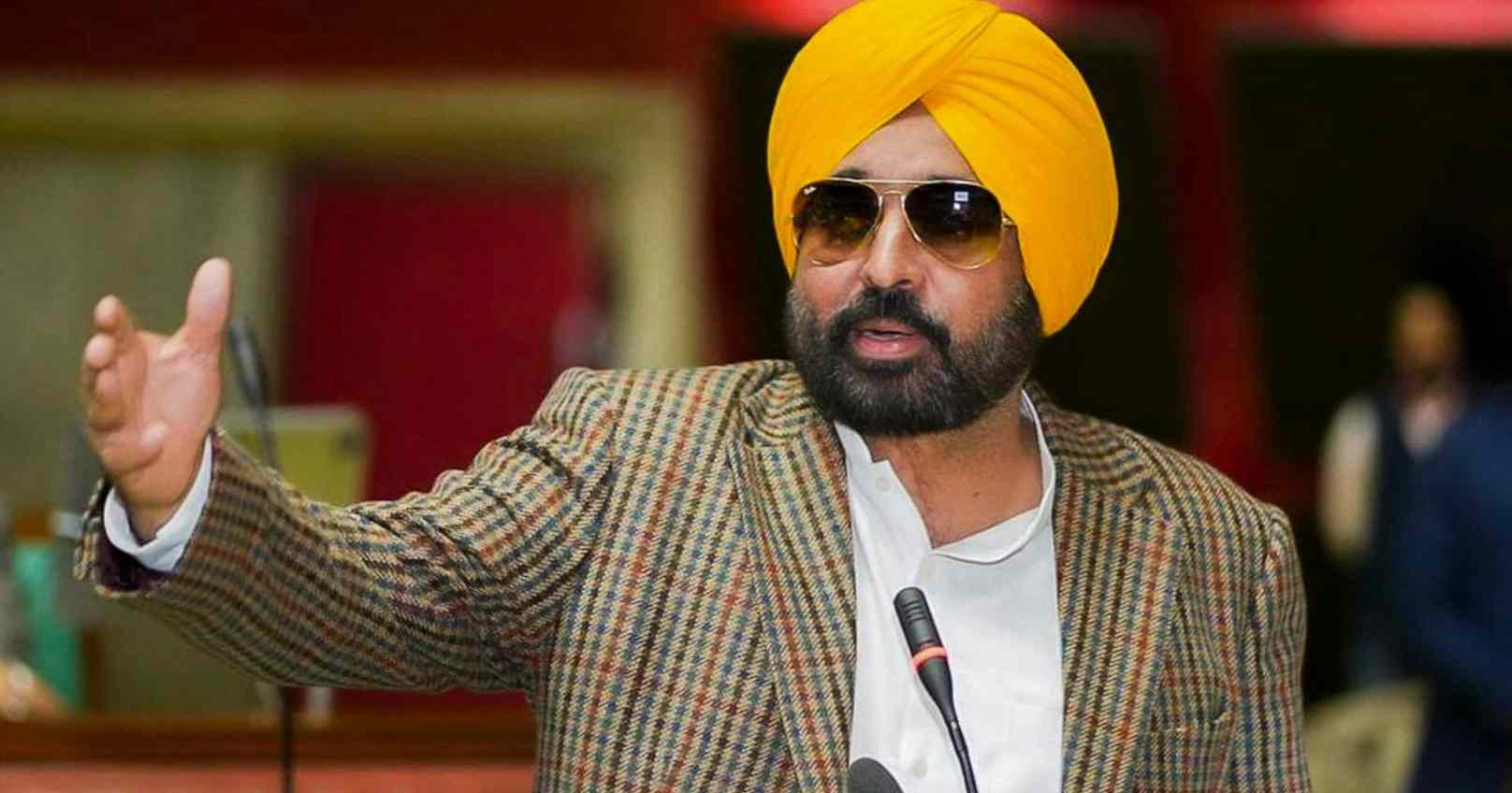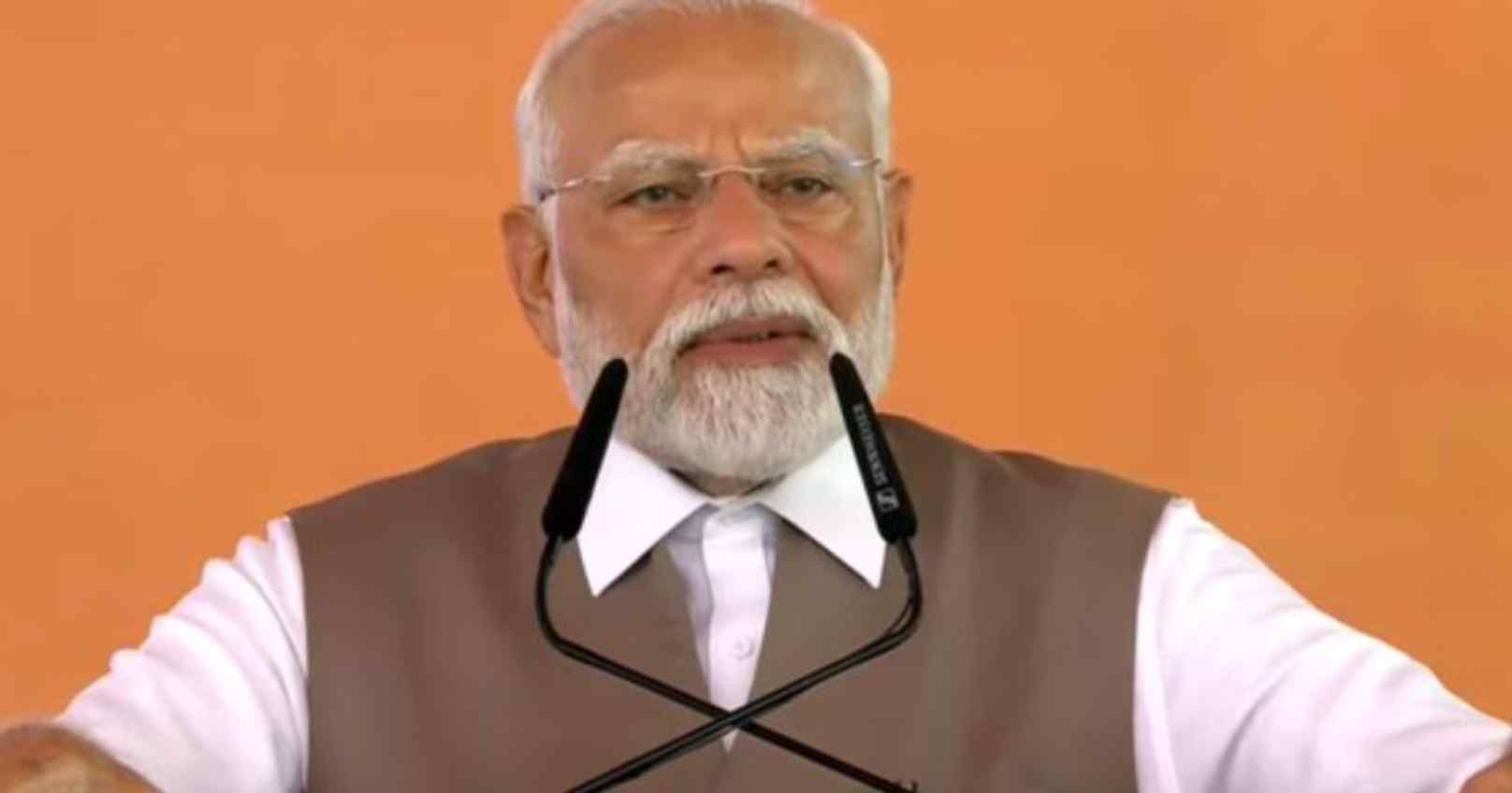Canada Hits Back with 25% Tariffs on U.S. Goods After Trump’s Trade Move
Canada is imposing 25% tariffs on U.S. imports worth C$155 billion in response to President Trump’s new trade restrictions on Canadian, Mexican, and Chinese goods
02-02-2025Canadian Prime Minister Justin Trudeau has announced a 25% tariff on U.S. imports worth 155 billion Canadian dollars in response to the U.S. imposing similar duties on Canadian goods. This move follows President Donald Trump's executive order placing tariffs on imports from Canada, Mexico, and China, which will take effect on Tuesday.
Speaking at a press conference late Saturday, Trudeau criticized the U.S. decision, stating that it violates the free trade agreements negotiated in recent years. He outlined Canada’s response, which includes an immediate 25% tariff on $30 billion worth of U.S. goods, with additional tariffs on another $125 billion in imports set to follow in three weeks.
“We are also exploring non-tariff measures, particularly in sectors like critical minerals, energy procurement, and trade partnerships,” he added.
Trump’s executive order, signed on Saturday, enforces a 10% tariff on all imports from China and a 25% duty on goods from Mexico and Canada. However, Canadian energy exports—including oil, natural gas, and electricity—will face a lower 10% tariff.
The order also contains provisions to increase the tariffs further if Canada or Mexico retaliate. Economists warn that these measures could escalate trade tensions, disrupt supply chains, and contribute to rising inflation.
Acknowledging the potential hardships, Trudeau said, “The coming weeks will be challenging for both Canadians and Americans. This is not a situation we sought, but we will not hesitate to defend Canadian interests.”
Shortly after Trump's announcement, Trudeau revealed he had spoken with Canadian provincial leaders and planned to discuss the situation with Mexican President Claudia Sheinbaum.
“We didn’t want this trade dispute, but Canada is ready,” he tweeted.
Meanwhile, Mexico also responded with countermeasures. President Sheinbaum announced her country’s own tariffs against the U.S., emphasizing that Mexico would act with reason rather than force.
A day before Trump’s order, Trudeau had warned that Canada would react decisively if the U.S. proceeded with the tariffs. “Nobody on either side of the border wants this. But if the U.S. moves ahead, Canada will respond forcefully and immediately,” he had stated.
Ontario Premier Doug Ford echoed this sentiment, declaring that Canada had no choice but to “hit back hard.” He pointed out that Canada holds significant leverage due to its exports of critical minerals, energy, uranium, potash, and aluminum, and called for legal action against the tariffs.
In Nova Scotia, Premier Tim Houston ordered the removal of all U.S.-imported alcohol from provincial stores as part of the response.
On Saturday night, President Sheinbaum reiterated her government’s firm stance, stating that Mexico’s economy remains strong despite the trade dispute.
In a statement, she rejected accusations from the U.S. that Mexico has ties to criminal organizations and opposed any interference in Mexican affairs.
“Tariffs are not the solution—dialogue is,” she emphasized, adding that Mexico had been working with the U.S. State Department on migration issues in a diplomatic manner. She directed Mexico’s economy minister to activate “Plan B,” a set of tariff and non-tariff countermeasures designed to protect Mexico’s interests.
Trump’s move to impose tariffs aligns with his campaign pledges after winning the 2024 presidential election. He had previously vowed to take strong measures against Mexico for not stopping illegal immigration and against Canada for failing to curb fentanyl trafficking.
“They must take action, or they will pay a very high price,” Trump had warned.
Following a golf outing in Florida, Trump signed three executive orders formalizing the tariffs, declaring that they would remain in place until the border crisis and drug-related concerns were resolved.
A White House statement confirmed that the duties would stay in effect indefinitely, without specifying the exact conditions under which they might be lifted.


Punjab CM Bhagwant Mann has accused the BJP of using sindoor, a sacred cultural symbol, as a politic
Read More
Prime Minister Narendra Modi credited Operation Sindoor for demonstrating India’s military strengt
Read More
India’s move to send back undocumented immigrants has drawn strong opposition from Bangladesh, esc
Read More